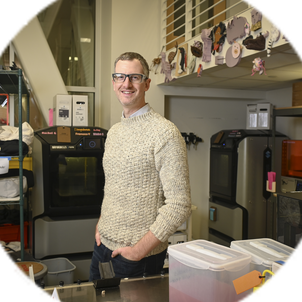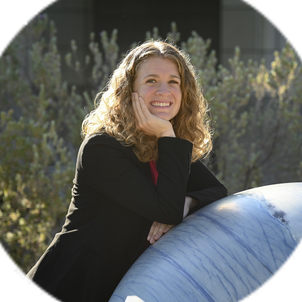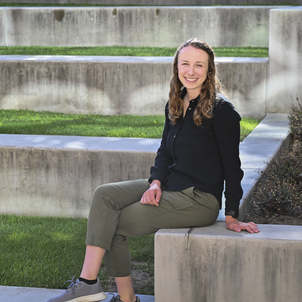I am a first-generation college graduate from a low-income background who grew up in a Mexican immigrant parents’ household. I had a narrow scope and understanding of opportunities and career paths. In my undergraduate years at Menlo College, I became a Resident Assistant (RA), and through that connection to the student affairs office, I learned about this career field. Now, I’m assistant director for graduate communities at Stanford’s School of Engineering.
I started working at Stanford seven years ago in Residential Programs under the Office of the Vice Provost for Undergraduate Education. That role introduced me to amazing colleagues, now mentors, and friends who cultivated the idea of earning a master’s degree in higher education and student affairs. Two years into working at Stanford, I did something I couldn’t have imagined for myself – I applied for my master’s. No one in my family had received a bachelor’s degree, let alone a master’s degree, so surrounding myself with a community of people willing to offer their support and guidance through the master’s program was life-changing. I will be forever grateful to the Residential Programs team. Their encouragement and constant demonstration of community love and care changed my life and widened my understanding of what is possible. Being at Stanford has helped me learn how invaluable community can be, which is why I enjoy helping students find theirs.
I’m completing my first year as one of three assistant directors on the Equity and Inclusion Initiatives team in the Office of Student Affairs. I direct the Summer Opportunities in Engineering Research and Leadership (Summer First) that aims to support the transition of first-year PhD students to the School of Engineering. Admitted first-year students are nominated through their departments, and I work with those departments to select participating scholars. We look to support students whose identities and backgrounds are not traditionally represented in engineering – students who are the first in their family to pursue an advanced degree or who come from environments with limited exposure to Research 1 university programs. Our goal is to provide a jumpstart for students during this academic transition. They are transitioning their entire lives to attend Stanford, so this opportunity to gain their footing and build community and support networks early in their career serves to enrich their doctoral experience.
My definition of a healthy community is guided by the work that we do as a team to listen to the students we work with. Hearing from voices across the diverse student body helps us create a truly nurturing community that both understands and responds to their differing needs.
Outside of work, I find community through coffee shops. They are an integral part of my identity. I grew up in a household where coffee time in the morning and at night brought the family together. Now, my partner and I collect stickers from all of the coffee shops we’ve gone to in California and beyond. We have a skateboard at home that we regard as an art piece because it’s covered with our coffee shop stickers.
Related spotlights

Dan Somen

Sonia Martin


